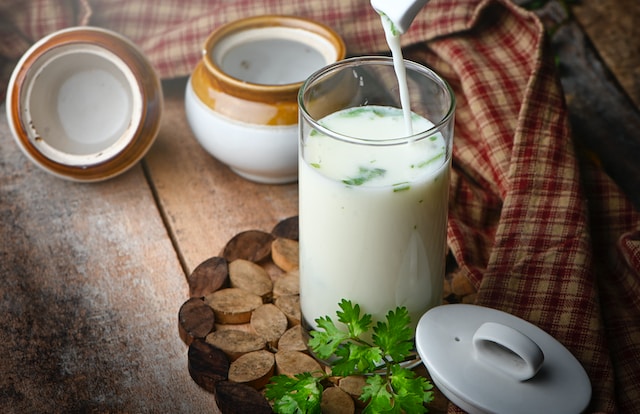Curd Nutritional Value

Are you curious about the Curd Nutritional Value? You might be curious if you’ve never heard of it before. Curd is obtained by the sequential process of coagulating milk. It is either a final dairy product or the first stage of cheesemaking. This process is facilitated by the addition of rennet or some other acidic substance to milk. Read on to find out more. Listed below are the Curd Nutritional Value benefits:
Active cultures found in yogurt are said to have several health benefits. In addition to being delicious, the beneficial bacteria in curd help in controlling blood sugar levels. People suffering from diabetes or inflammatory bowel disease may benefit from curd’s protein, as it aids in the digestion of lactose. Those suffering from stress or anxiety may also benefit from curd’s healthy benefits. And, for those looking for an alternative form of curd, Lassi, buttermilk, chaas, and yogurt are excellent alternative.
While most people prefer buffalo milk curd, the latter is not recommended for weight loss. While curd from cow milk is lighter and easier to digest, it is not a weight-loss food. But even if you can tolerate buffalo milk curd, it still has many benefits. Calcium is an important mineral for maintaining bone density and helps fight against gum disease. Phosphorus helps the body absorb calcium. It is rich in vitamins A, C, and K, and is a good source of protein, phosphorus, and choline.
There are many benefits of curd for the heart. Among these benefits is its ability to prevent cholesterol from building up in the arteries and lowering the risk of coronary heart disease. It also prevents the accumulation of cholesterol in arteries and regulates blood pressure, making it one of the healthiest foods for the heart. Additionally, curd contains calcium and phosphorus, which together stimulate bone growth. If you have a history of heart disease or have had an accident recently, curd may be a good idea to try.
The nutritional value of curd is higher than that of milk. However, if you have a poor digestive system, curd may hinder your digestion. So, if you’re prone to constipation, it might be best to skip curd and stick to milk instead. It’s also easier to digest than milk. It’s also great for preventing infections. But there’s one major disadvantage: it has a higher calorie content.
Apart from its rich nutritional value, curd also has a distinct texture. It can be eaten along with or as a standalone food. Curd is easier to digest than milk and keeps you satisfied for longer. It contains good bacteria, which help clean the digestive tract and keep infections at bay. Moreover, a cup of curd contains just 98 calories and 11 grams of protein. There are several other benefits of curd.
Another benefit of curd is that it helps inhibit the growth of vaginal yeast infections. Lactobacillus acidophilus found in curd helps prevent vaginal infections by producing hydrogen peroxide, which kills the yeast. It also improves vaginal health by balancing the PH level. So, a daily glass of curd helps maintain vaginal health and prevent vaginitis.




